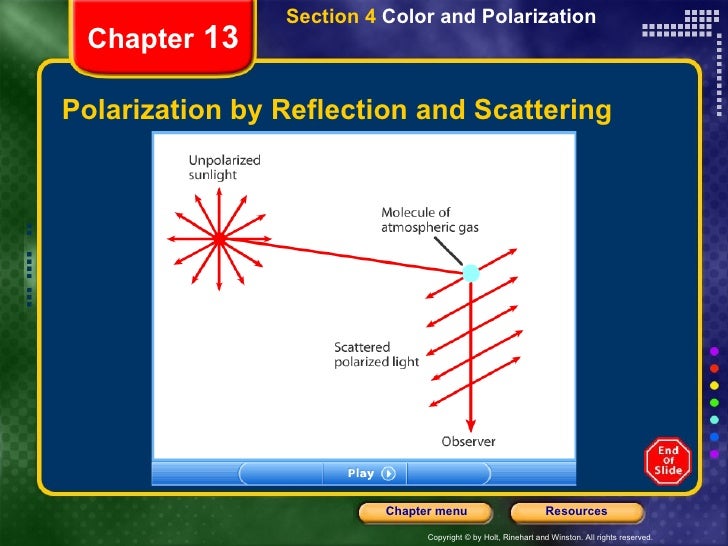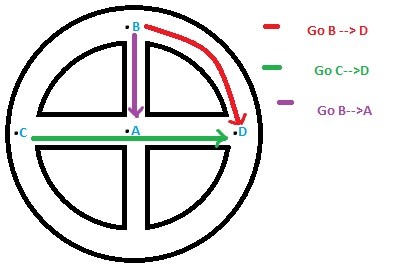

In other words, the Gaussian represents an ‘intrinsic’ curvature and, as we shall see, results to be most important in describing physical processes on the surface. This clearly cannot be flattened preserving the areas and thus nucleation has to be revisited. Non-trivial cases have non-zero Gaussian curvature but may have zero mean curvature as in the case κ 1=− κ 2, which represents a saddle. Since this surface can be flattened preserving the areas (Minding’s theorem 33), nucleation can be mapped to the case of a planar surface and thus results to be trivial. The case K=0 and H≠0 represents a plane bent in only one direction. Alternatively one can use the Gaussian K( r)= κ 1( r) κ 2( r) and mean H( r)=( κ 1( r)+ κ 2( r))/2 curvature 33. In general, the geometry of an oriented surface (that is, separating an ‘internal region’ from an ‘external region’ of three-dimensional (3D) space) can be completely characterized by the principal curvature maps κ i( r)=☑/ R i ( i=1, 2), where R 1 ( R 2) is the radius of the smallest (largest) circle tangent to the surface at r, and the sign is positive (negative) if the circle is contained in the internal (external) region. Here we present a model to study how the underlying geometry affects the laws of NG in curved space. Additional effects coming from system’s thickness and strain contributions during crystallization are also considered and discussed in view of recent experimental work. Also, due to the competing effects of positive and negative curvature, geometries of varying curvature are shown to display complex relaxation in free-energy landscapes, with several barriers and local minima, where initially propagating nuclei become stabilized and trapped by the underlying curvature. As a consequence, in geometries of varying curvature NG is an inhomogeneous process, first starting in regions of positive curvature.

We show that in general, the free-energy barrier needed to form a critical nuclei is strongly dependent on the underlying curvature, being smaller (larger) for region of positive (negative) curvature. On more complex surfaces of varying curvature, we explore the effects of the underlying geometry on NG by using simulations. For nearly-flat surfaces and geometries of constant curvature, we obtain all the relevant information related to NG in a closed analytical form.
Describing a force as a curved space free#
Our model is based on a Ginzburg–Landau free energy functional, which is sufficiently general, that can be applied to various physical systems and substrate’s geometries. In this work, we obtain generic features of NG in 2D systems lying on arbitrary curved backgrounds. Although experiments and theoretical calculations have contributed to unveil equilibrium configurations and energetics of topological defects in curved space, dynamical processes like crystallization and melting still remain marginally explored 29, 30, 31, 32. In equilibrium, these phases display regular structures strongly coupled to the underlying geometry that are not only ideal model systems to study the interplay between order and curvature but also potential platforms for technological applications such as soft lithography 15, 19 or defect functionalization 28. Examples of phase nucleation on curved geometries in hard-condensed matter may include, among others, graphene 24, 25, epitaxial growth of helium 26 and Wigner crystals on rough surfaces 27.

On the other hand, phases lying on curved backgrounds 5, 6, 7, 8, 9, 10 are not only commonly found in nature in systems like viral capsids, pollen grains, radiolaria and others but also they can be obtained in the laboratory in the form of soft crystal or liquid crystal phases by using colloidal particles 11, 12, 13, 14, block copolymers 15, 16, 17, 18, 19, liquid crystals 20, 21, 22, 23 and other self-assembled systems. All other nuclei collapse due to surface energy. Only those fluctuating nuclei whose size overpass the critical value R c= σ/Δ f will propagate.

The competition of surface and volume terms produces the activated dynamics of NG. Where σ represents the surface tension and Δ f the difference in the local free energies of initial and final phases driving the phase transition.


 0 kommentar(er)
0 kommentar(er)
